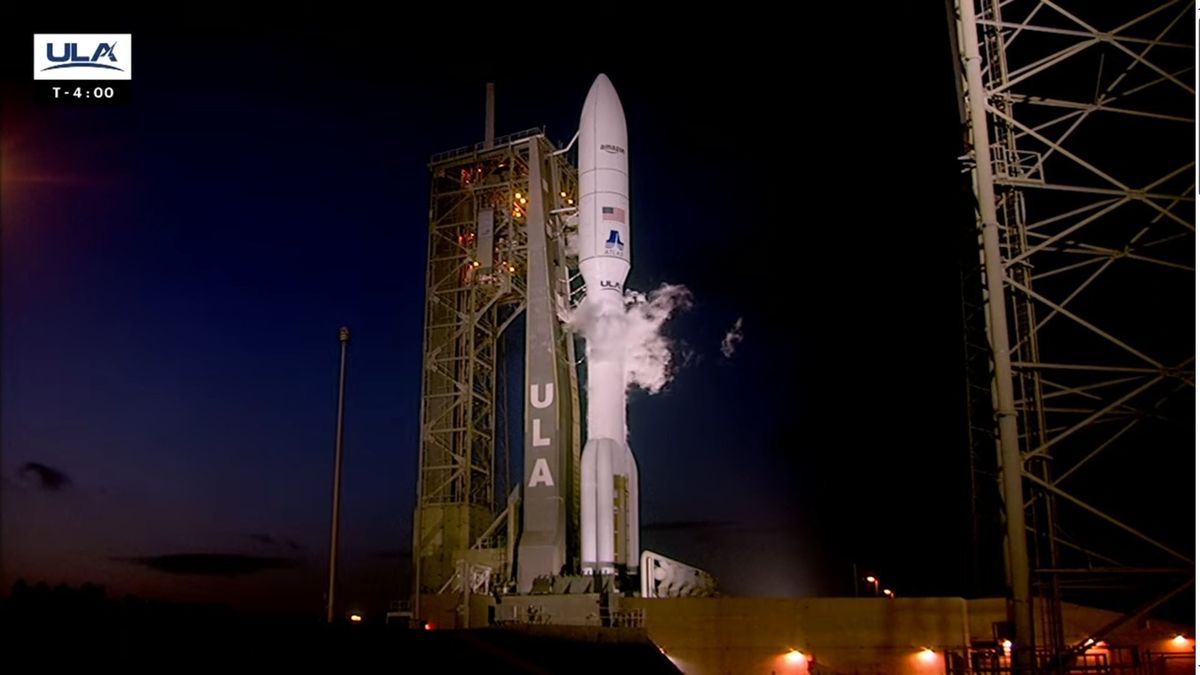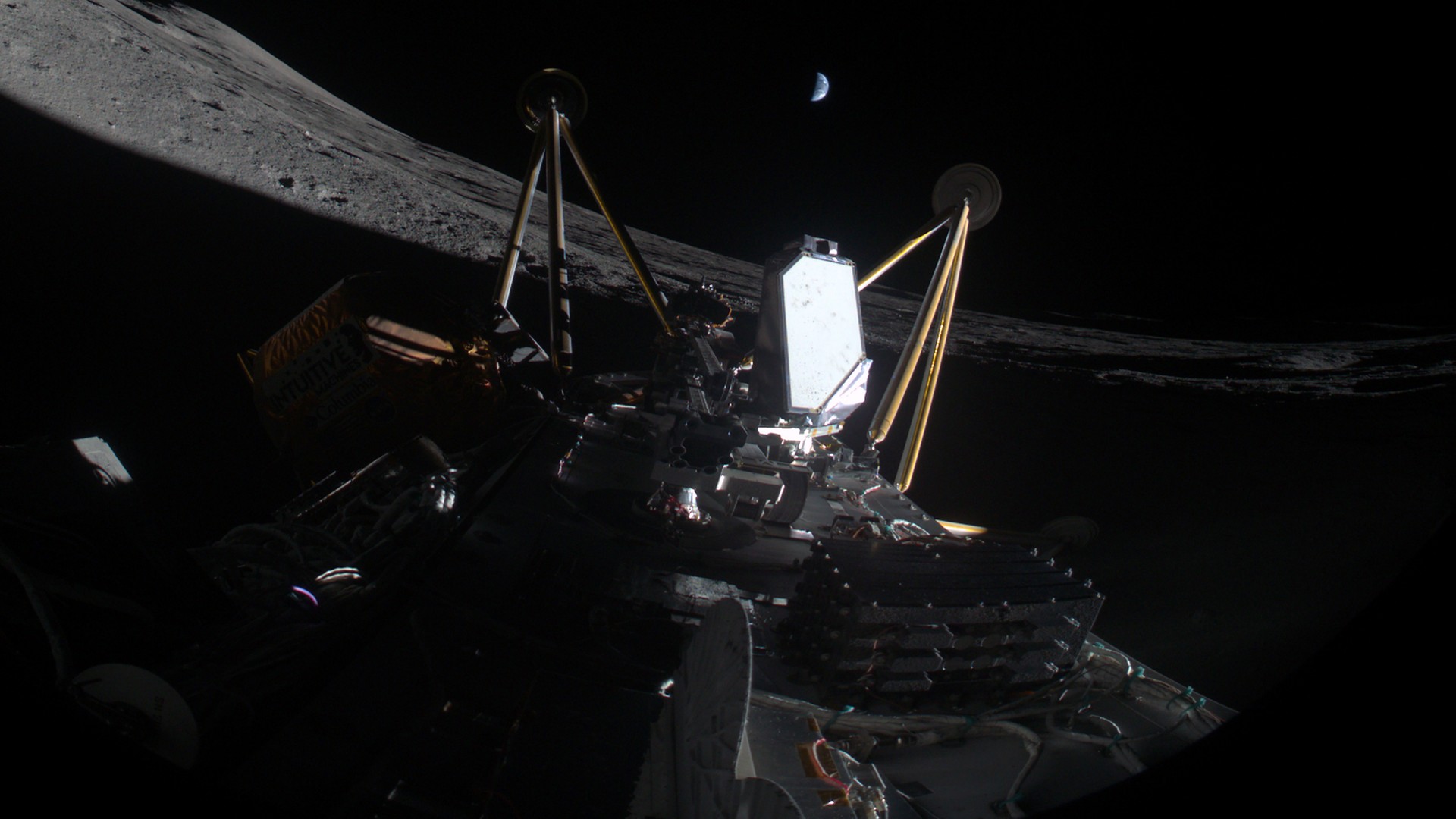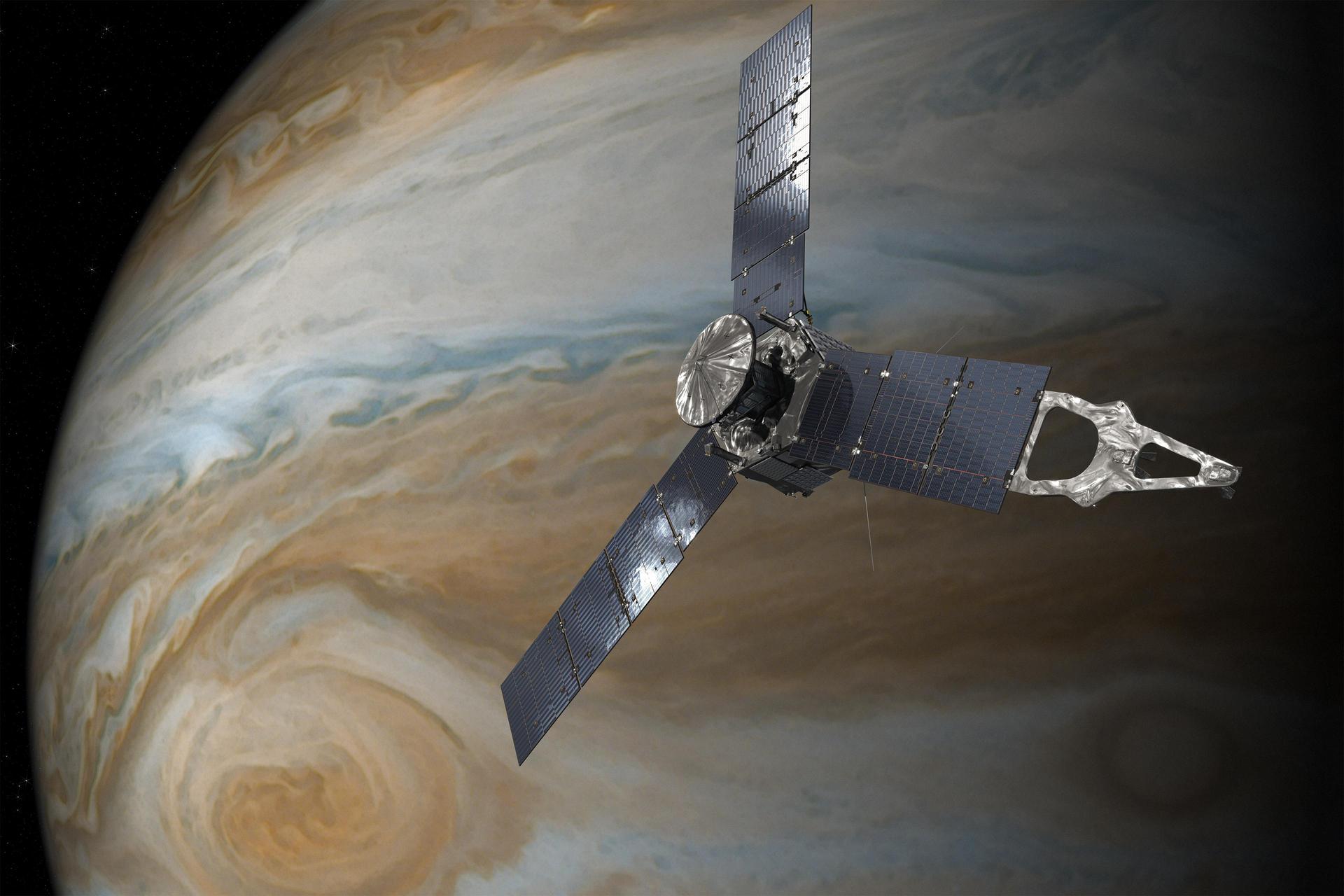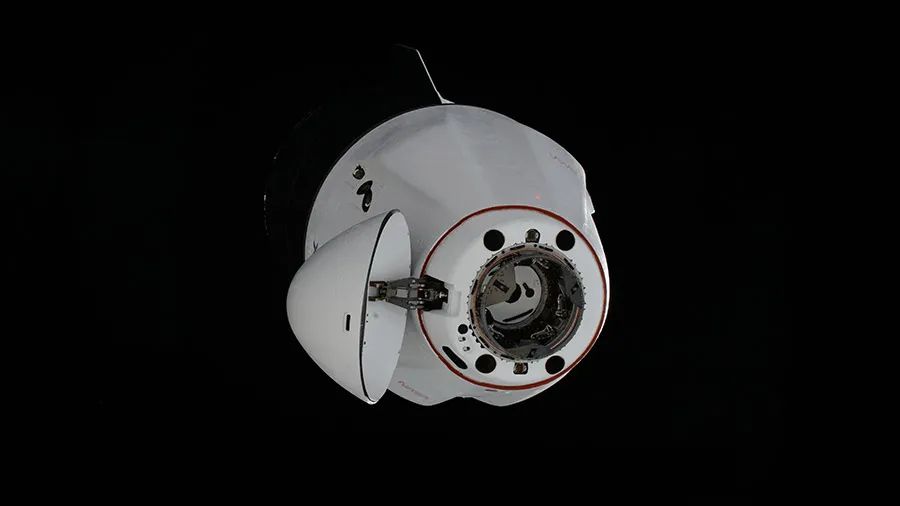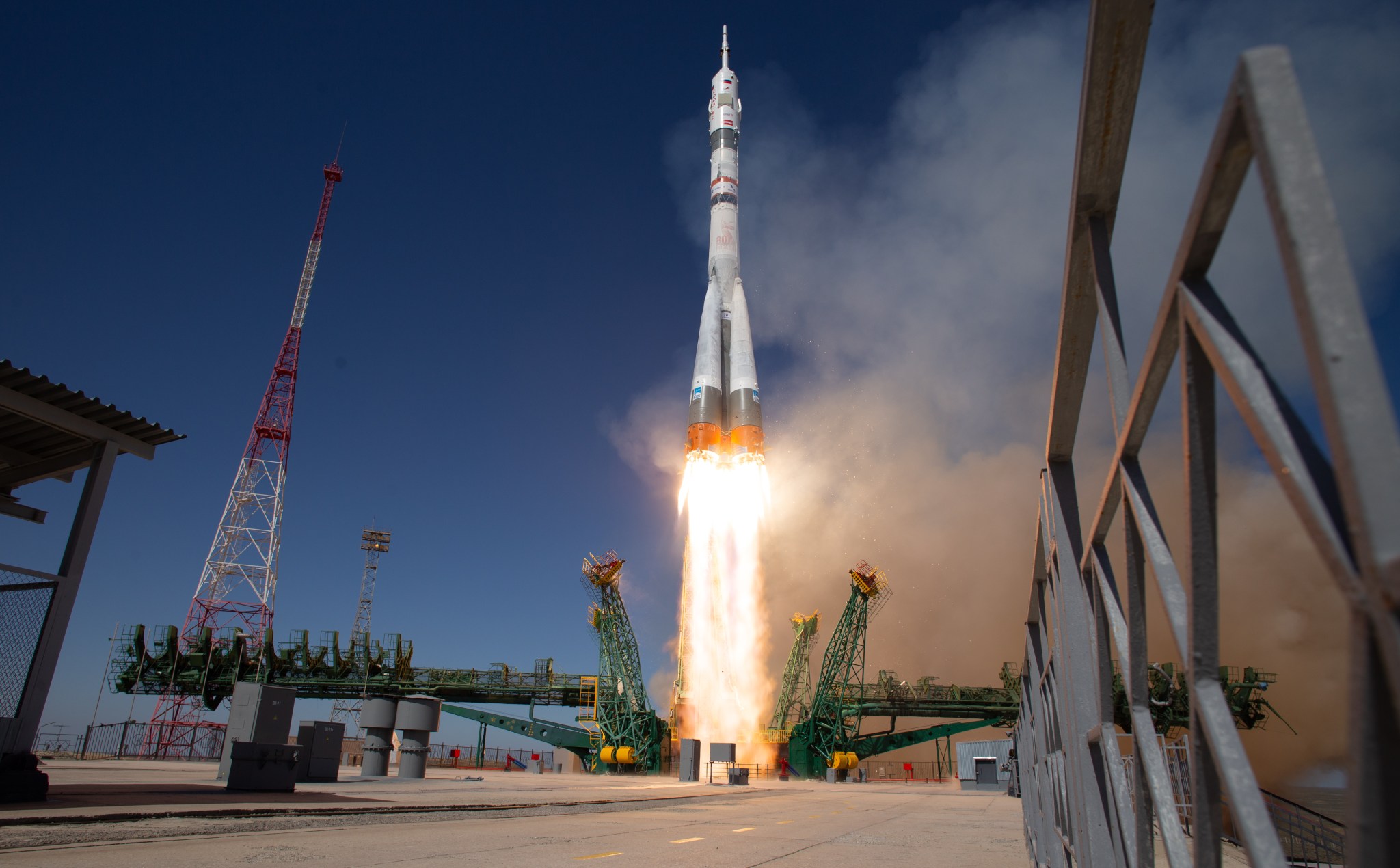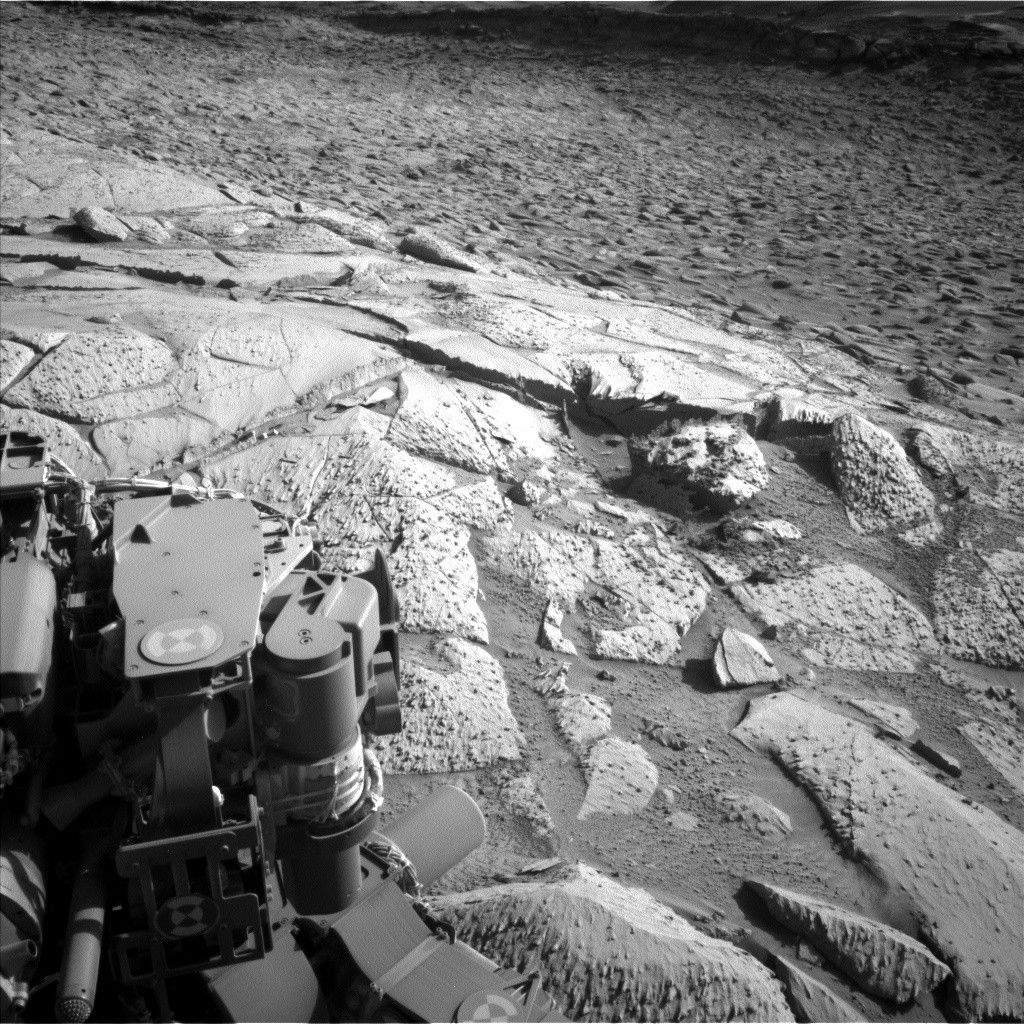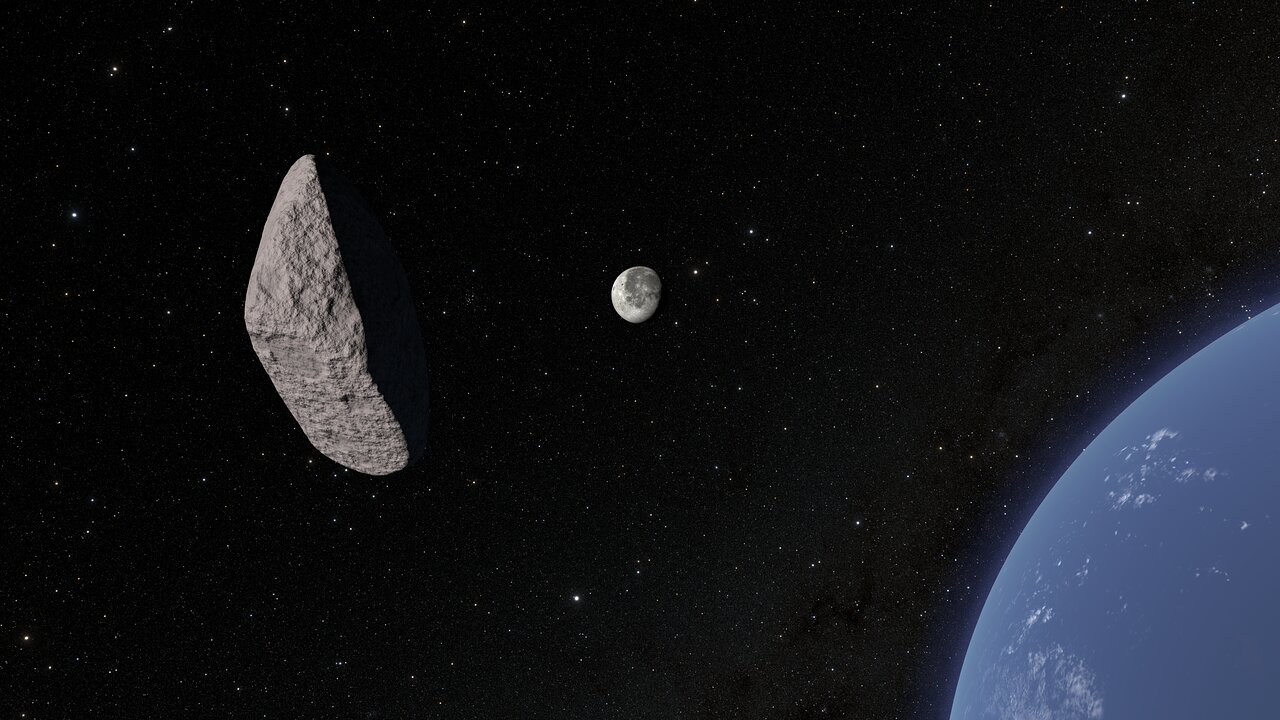This summer, NASA’s Glenn Research Center in Cleveland is offering a free summer STEM program for high school students in their junior and senior years. Credit: NASA NASA’s Glenn Research Center in Cleveland is launching the NASA Glenn High School Engineering Institute this summer. The free, work-based learning experience is designed to help high school students prepare for a future in the aerospace workforce. Rising high school juniors and seniors in Northeast Ohio can submit applications for this new, in-person summer program from Friday, April 11, through Friday, May 9.…
Read MoreCategory: Nasa
Nasa
Launch of Amazon’s 1st Kuiper internet satellites delayed by bad weather
Amazon may be a whiz at fast online deliveries, but the massive company will have to wait to launch the first satellites of its new space internet constellation after bad weather thwarted a liftoff on Wednesday night. A United Launch Alliance Atlas V rocket attempted to launch 27 of Amazon’s first Project Kuiper internet satellites to orbit from Florida’s Cape Canaveral Space Force Station on April 9, but persistent clouds near the pad violated launch rules, ULA officials said. “It is confirmed that we will not continue with the Amazon…
Read MoreSpaceX to launch new Intuitive Machines moon lander, lunar satellites in 2027
Intuitive Machines may have crashed its latest moon lander on the lunar surface, but that’s not keeping the company down for long. The Houston-based company has picked SpaceX to launch IM-4, its fourth moon lander, on a Falcon 9 rocket in 2027 alongside two relay satellites for a NASA lunar communications network. The news comes just weeks after the company’s IM-2 moon lander crashed near the moon’s south pole, and as the firm continues work on its third moon lander (yes, it’s called IM-3), which is expected to launch in…
Read MoreNASA’s Juno Back to Normal Operations After Entering Safe Mode
3 min read NASA’s Juno Back to Normal Operations After Entering Safe Mode NASA’s Juno flies above Jupiter’s Great Red Spot in this artist’s concept. NASA/JPL-Caltech The spacecraft was making its 71st close approach to Jupiter when it unexpectedly entered into a precautionary status. Data received from NASA’s Juno mission indicates the solar-powered spacecraft went into safe mode twice on April 4 while the spacecraft was flying by Jupiter. Safe mode is a precautionary status that a spacecraft enters when it detects an anomaly. Nonessential functions are suspended, and the…
Read MoreSpaceX’s next Dragon cargo ship launch for NASA will lift off on April 21
NASA’s next special delivery to the International Space Station has a launch date, but it’s going to be one for early-birds. A SpaceX Falcon 9 rocket will launch an uncrewed Dragon cargo ship packed with tons of supplies on Monday, April 21, from the historic Pad 39A of NASA’s Kennedy Space Center in Cape Canaveral, Florida. Liftoff is set for 4:15 a.m. EDT (0815 GMT), making it a predawn launch. “Along with food and essential equipment for the crew, Dragon is delivering a variety of experiments, including a demonstration of…
Read MoreHubble Helps Determine Uranus’ Rotation Rate with Unprecedented Precision
Explore Hubble Hubble Home Overview About Hubble The History of Hubble Hubble Timeline Why Have a Telescope in Space? Hubble by the Numbers At the Museum FAQs Impact & Benefits Hubble’s Impact & Benefits Science Impacts Cultural Impact Technology Benefits Impact on Human Spaceflight Astro Community Impacts Science Hubble Science Science Themes Science Highlights Science Behind Discoveries Hubble’s Partners in Science Universe Uncovered Explore the Night Sky Observatory Hubble Observatory Hubble Design Mission Operations Missions to Hubble Hubble vs Webb Team Hubble Team Career Aspirations Hubble Astronauts News Hubble News…
Read MoreExpedition 73 Crew Launches to International Space Station
NASA/Joel Kowsky A Soyuz rocket launches to the International Space Station with Expedition 73 crew members including NASA astronaut Jonny Kim on Tuesday, April 8, 2025, at the Baikonur Cosmodrome in Kazakhstan. The crew arrived at the space station the same day, bringing the number of residents to 10 for the next two weeks. Expedition 73 will begin on Saturday, April 19, following the departure of NASA astronaut Don Pettit and Roscosmos cosmonauts Alexey Ovchinin and Ivan Vagner, as they conclude a seven-month science mission aboard the orbiting laboratory. Throughout…
Read MoreNASA Science Supports Data Literacy for K-12 Students
Explore This Section Science Science Activation NASA Science Supports Data… Overview Learning Resources Science Activation Teams SME Map Opportunities More Science Activation Stories Citizen Science 3 min read NASA Science Supports Data Literacy for K-12 Students Data – and our ability to understand and use it – shapes nearly every aspect of our world, from decisions in our lives to the skills we need in the workplace and more. All of us, as either producers or consumers of data, will experience how it can be used to problem-solve and…
Read MoreSols 4505-4506: Up, up and onto the Devil’s Gate
Curiosity Navigation Curiosity Home Mission Overview Where is Curiosity? Mission Updates Science Overview Instruments Highlights Exploration Goals News and Features Multimedia Curiosity Raw Images Images Videos Audio Mosaics More Resources Mars Missions Mars Sample Return Mars Perseverance Rover Mars Curiosity Rover MAVEN Mars Reconnaissance Orbiter Mars Odyssey More Mars Missions Mars Home 3 min read Sols 4505-4506: Up, up and onto the Devil’s Gate This image was taken by Left Navigation Camera onboard NASA’s Mars rover Curiosity on Sol 4503 (2025-04-07 00:33:50 UTC). NASA/JPL-Caltech Written by Catherine O’Connell-Cooper, Planetary Geologist at University of New…
Read MoreWe now know the shape of notorious asteroid 2024 YR4 that dominated headlines recently — it’s probably ‘suburban,’ too
The asteroid 2024 YR4 — the one that caused a stir earlier this year due to its potential collision course with Earth — has a surprising tale to tell. A new study reports that this space rock likely hails from the central region of the main asteroid belt between Mars and Jupiter — a cosmic “suburb” scientists don’t typically associate with asteroids that cross paths with our planet. Shortly after its discovery late last year, astronomers calculated that 2024 YR4 had a 1.3% chance (1-in-83) of impacting Earth in December…
Read More
